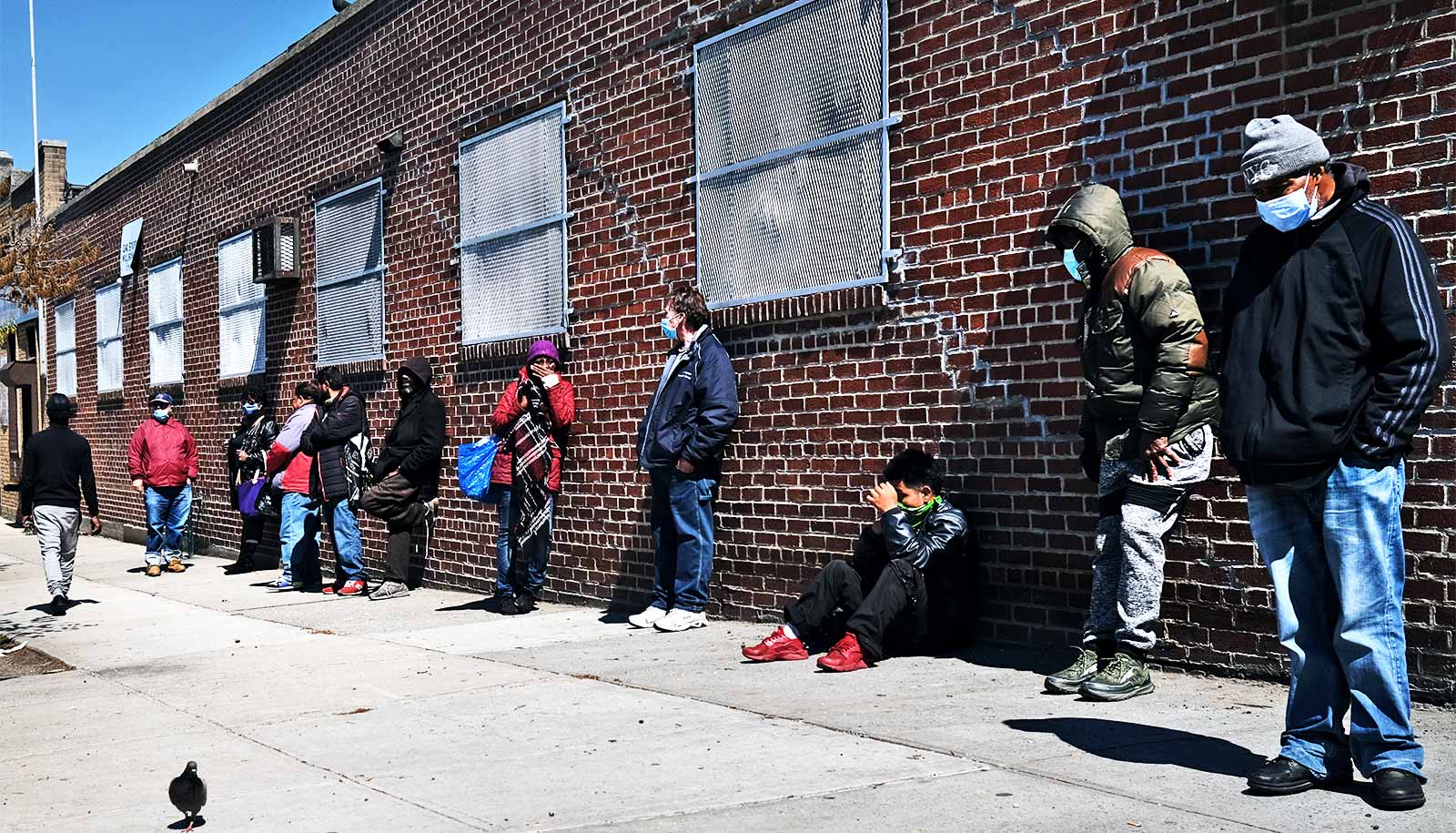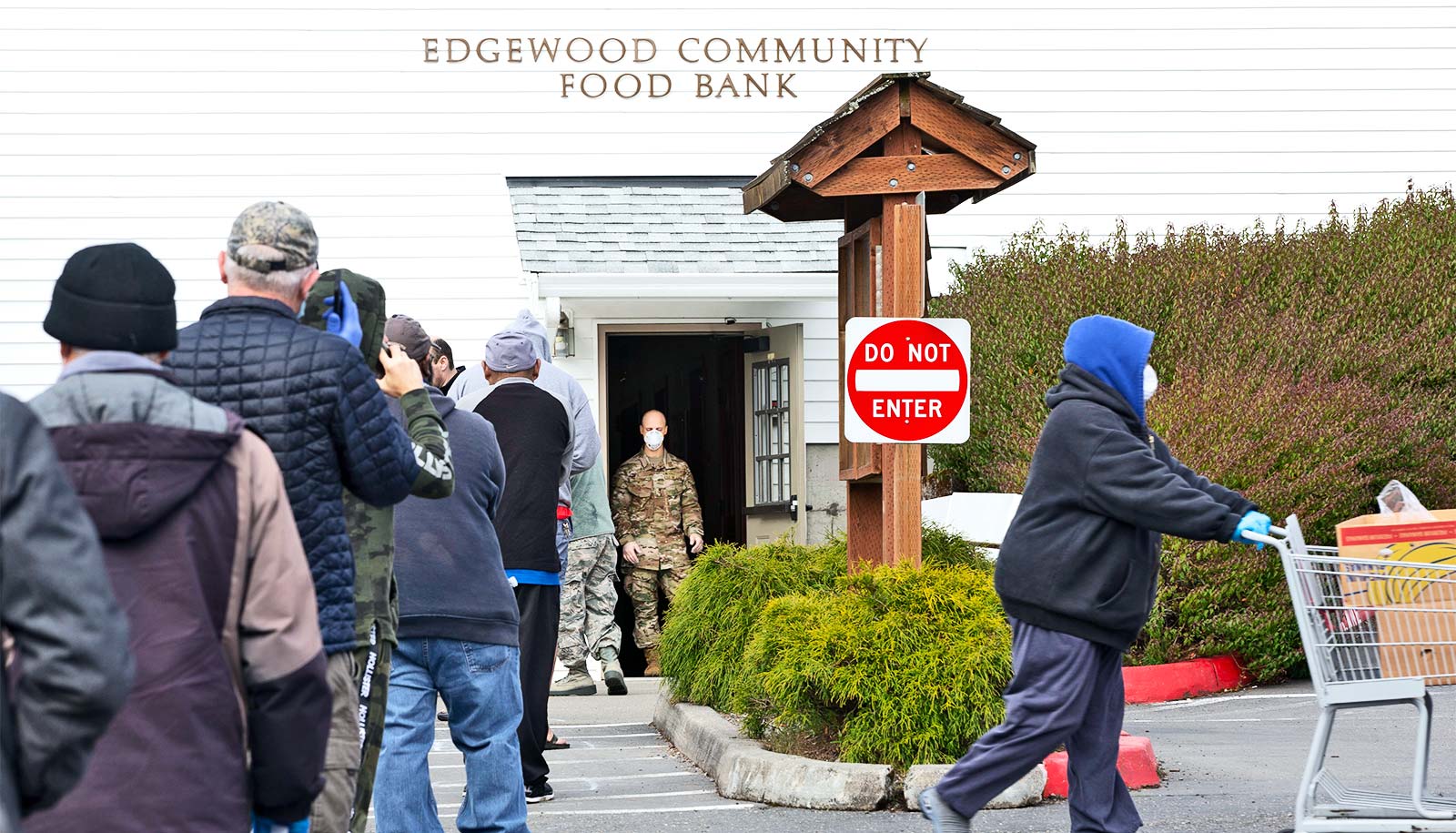In March, 40% of low-income Americans were already struggling to afford enough food for their households, report researchers.
And only 18% of them were able to stock up enough food for two weeks, the findings show, as states started closing schools and issuing stay-home orders.
Using data from a national survey of low-income adults in mid-March, Julia Wolfson and Cindy Leung of the University of Michigan School of Public Health measured household food security—the lack of consistent access to food—and challenges to meeting basic needs due to COVID-19.
“Our study shows that a robust, comprehensive policy response is needed to mitigate food insecurity as the pandemic progresses, particularly expansion of Supplemental Nutrition Assistance Benefits, robust unemployment benefits, and ensuring access to food for children eligible for free and reduced-price school lunches through the summer and beyond,” says Wolfson, assistant professor of health management and policy.
“Doing so will allow us to better support the needs of the population as the spread of COVID-19 continues.”
The study, published in the journal Nutrients, found that 44% of low-income adults in the United States are food insecure and 20% have marginal food security, while 36% are food secure. Among those with low food security, 41% report not having enough food to feed themselves or their family, 36% report not having enough money to pay rent/mortgage, and half report not having enough money to pay their bills.
Individuals with low or very low food security are more likely to be Black or Hispanic, to have children in the home and have less than a college education. They are also more likely to rent their homes, not have health insurance or Medicaid, and are more likely to be receiving SNAP benefits.
Social and economic policies to promote social distancing such as school closures and stay-at-home orders exacerbate food insecurity risk for low-income adults by limiting access to school meals, causing business closures, and loss of jobs or income, Wolfson and Leung say.
Food insecure individuals may also have less flexibility in their jobs to allow them to earn income while staying home, or may be at higher risk of losing their jobs completely thereby decreasing—or eliminating—their incomes, they say.
The study found that less than one in five of low-income adults with low food security say they are able to comply with initial public health recommendations of purchasing two weeks of food at a time.
“Food is a core determinant of health and food insecurity is associated with numerous poor health outcomes,” says Cindy Leung, assistant professor of Nutritional Sciences at the School of Public Health. “This study highlights the growing number of families facing food insecurity in the wake of COVID-19 who need additional support with food, finances, and child care.”
Funding for the study comes from the university’s Poverty Solutions Initiative.
Source: University of Michigan



